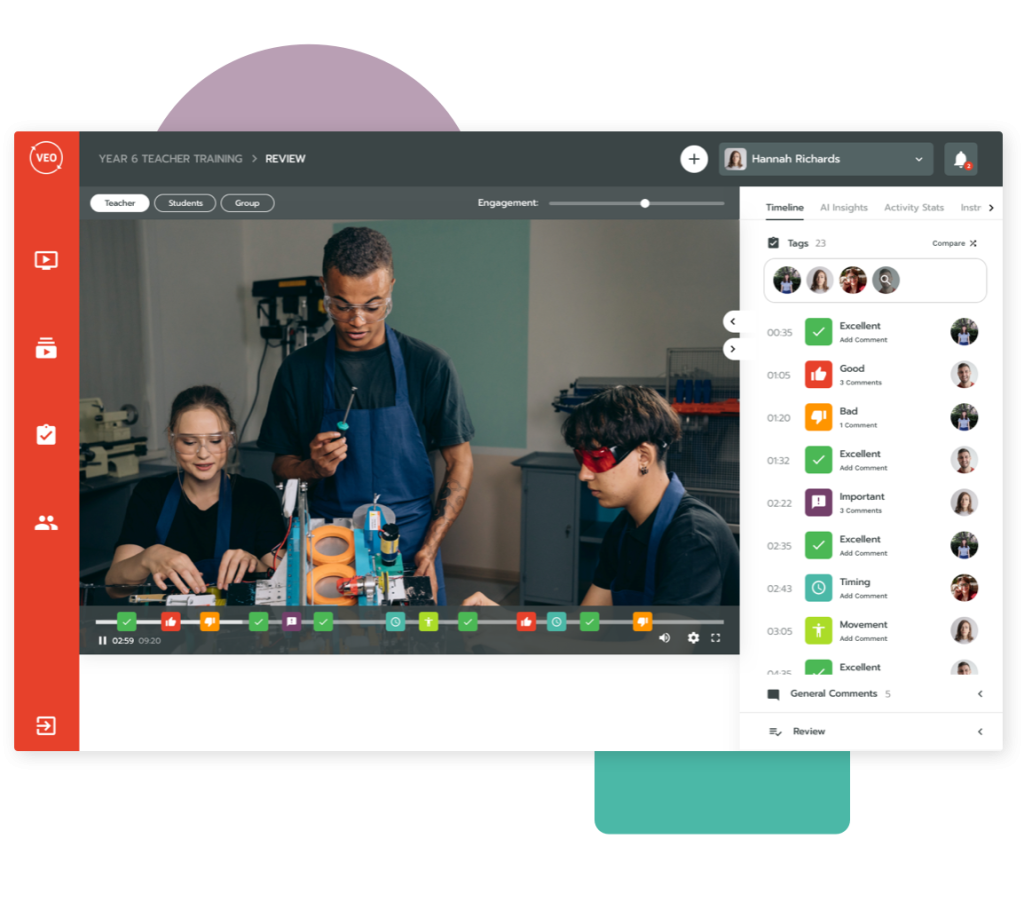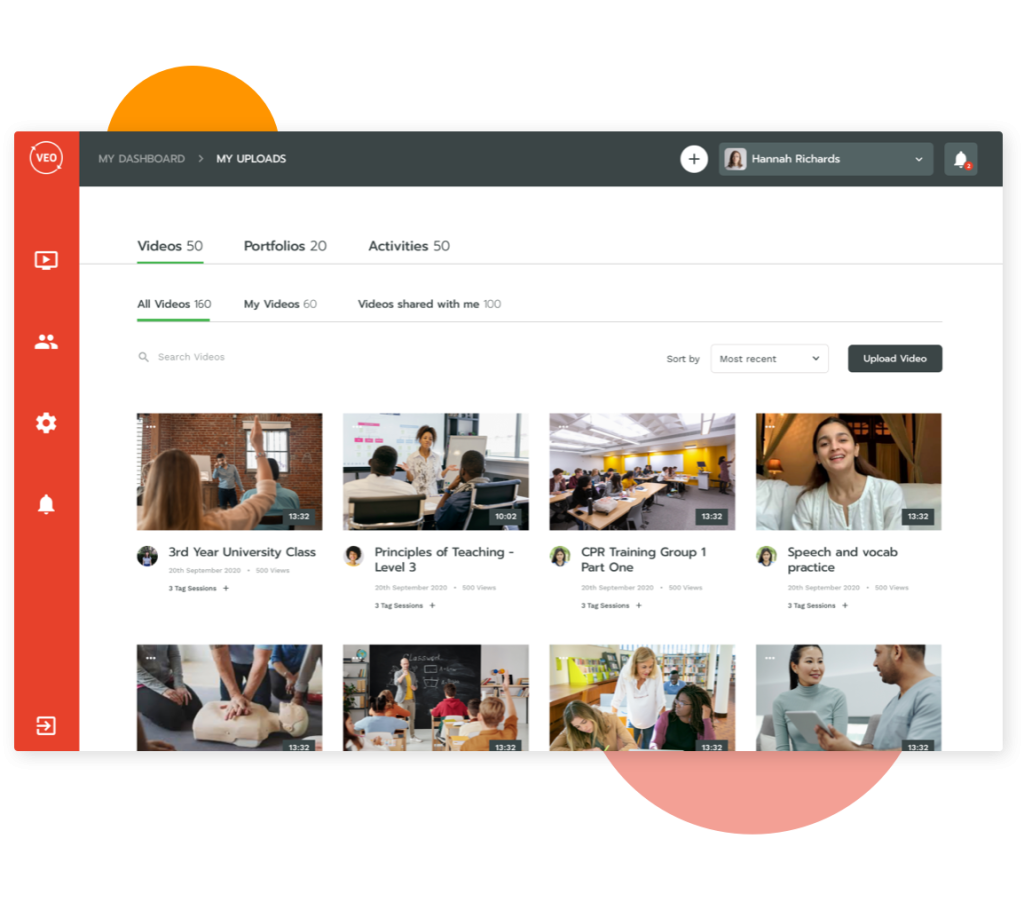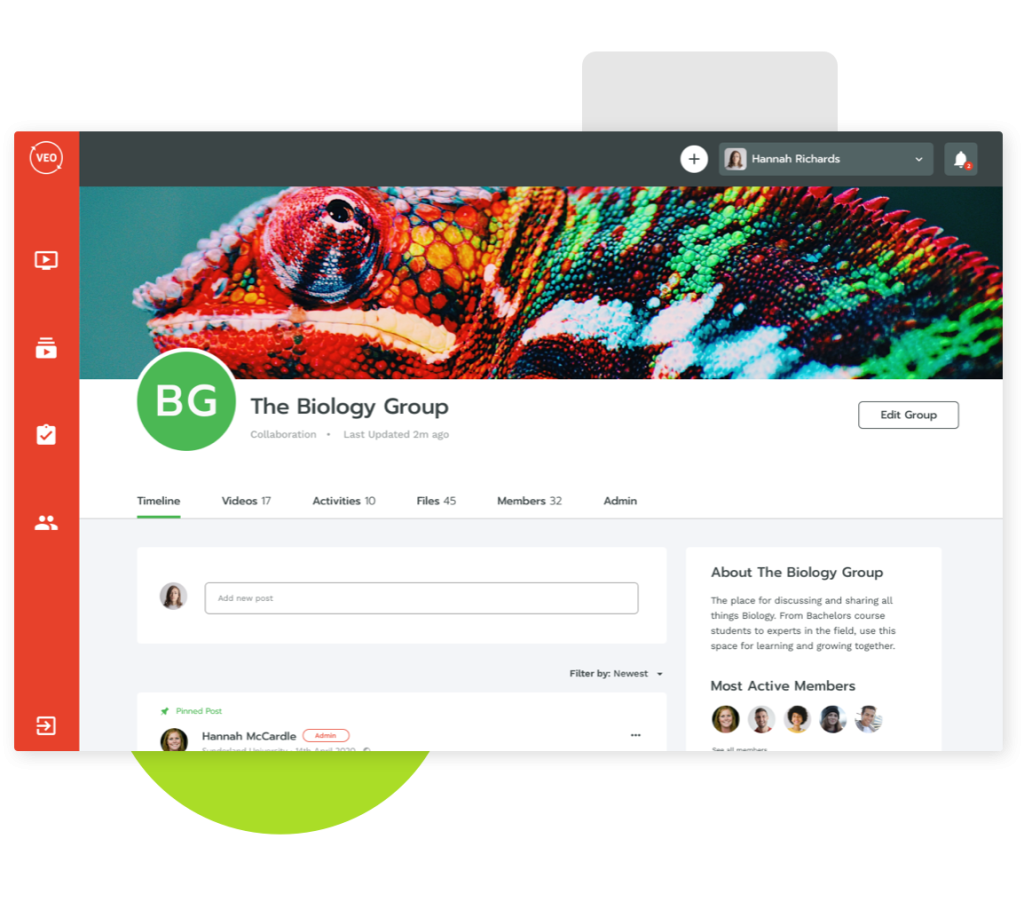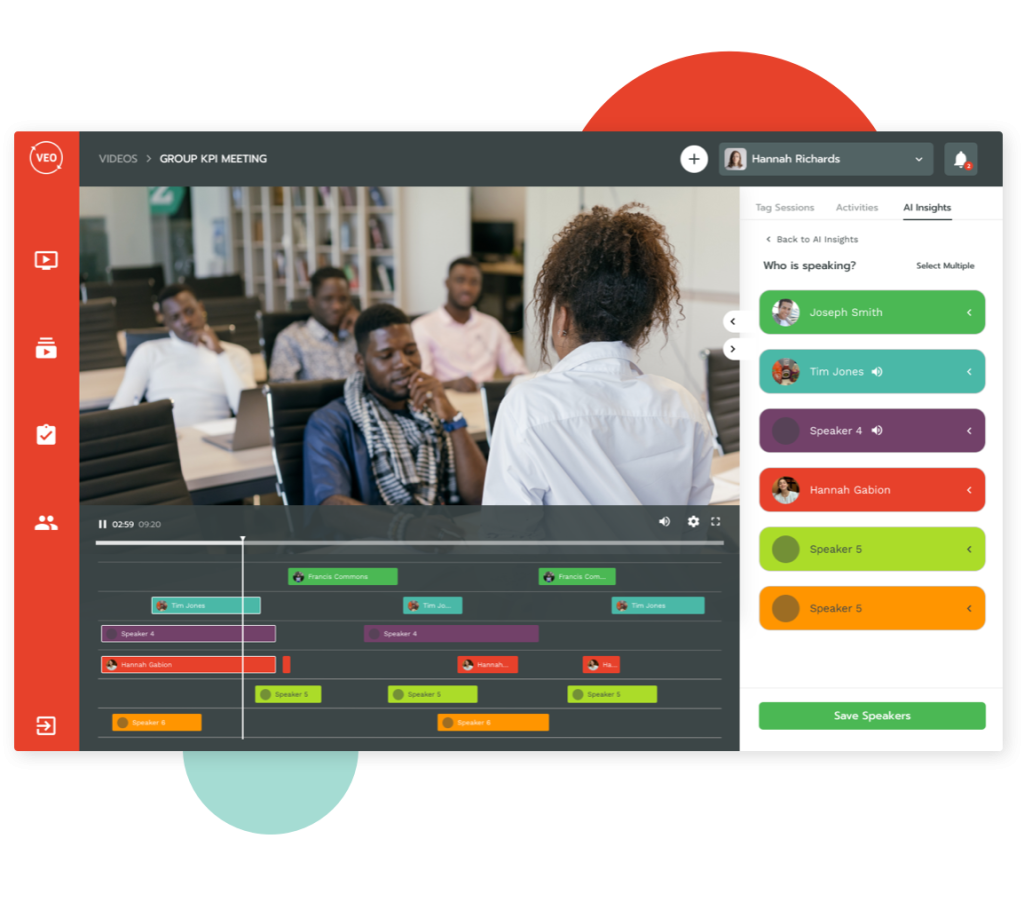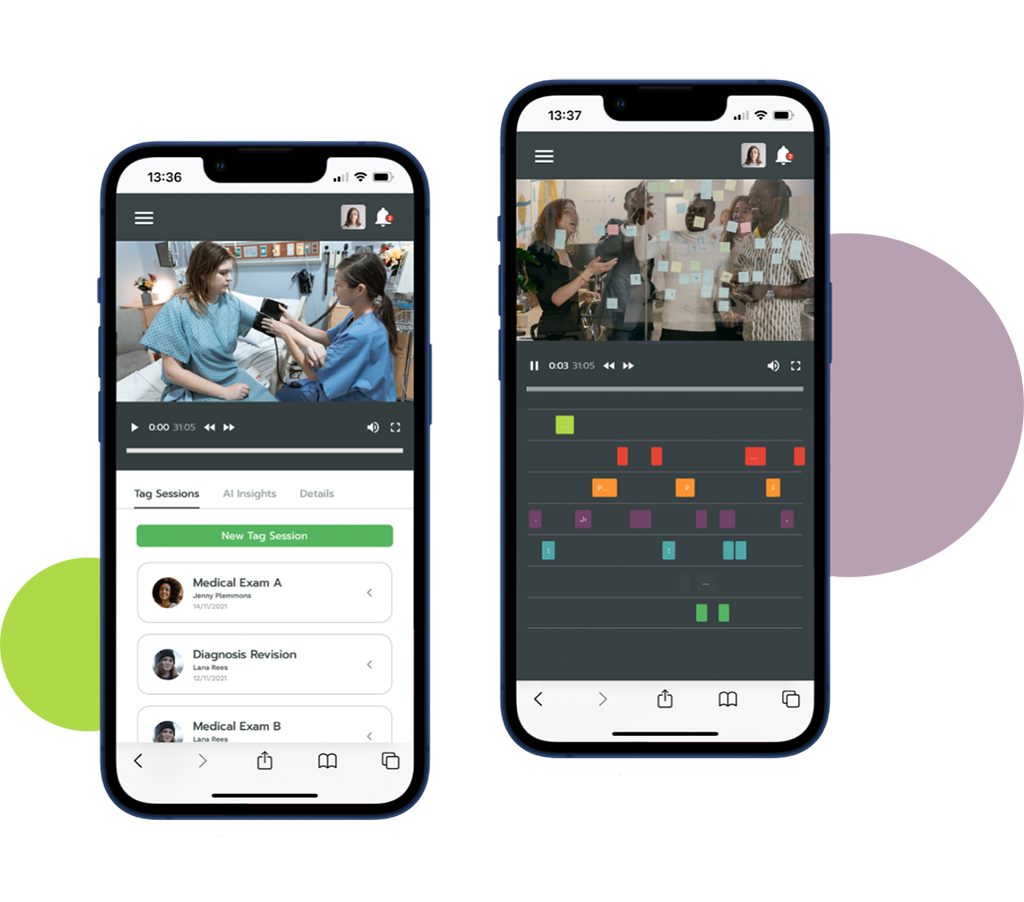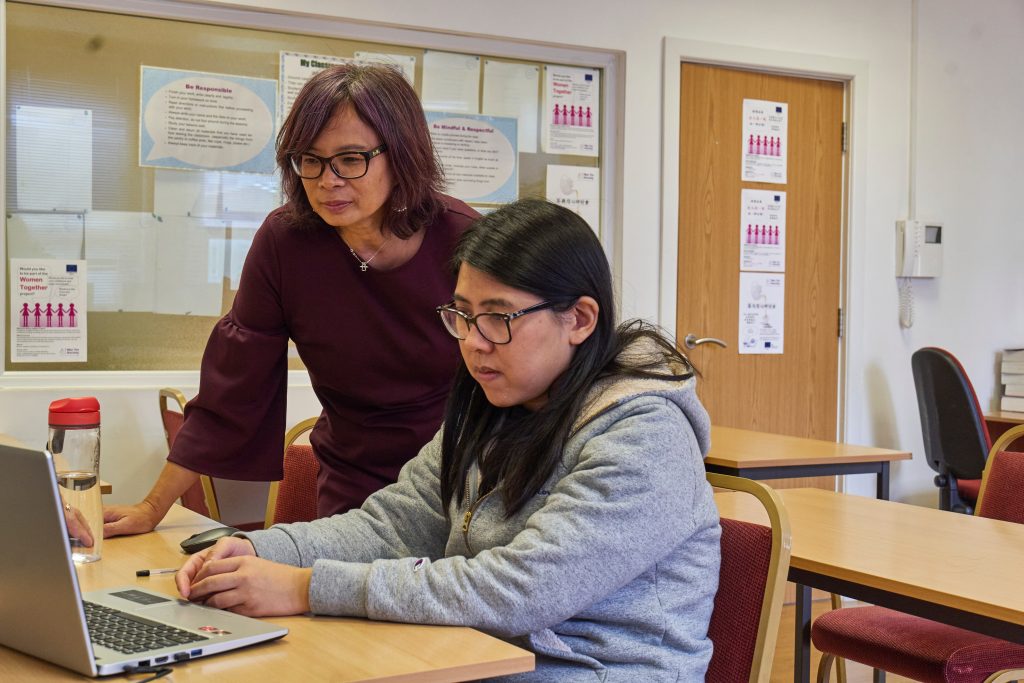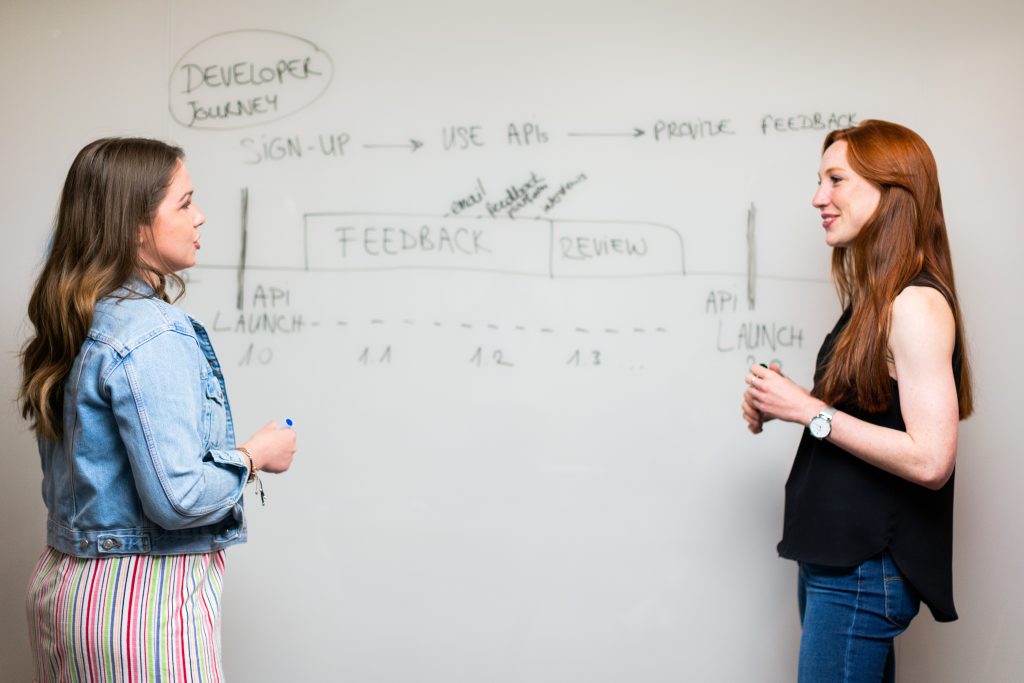Receiving feedback on practical assessments is a critical part of effective learning.
Receiving feedback on practical assessments is a critical part of effective learning.
Not only does it help to improve students’ understanding and advance their learning, but it’s also an indicator of teaching quality, student progress and student satisfaction.
We’d argue that traditional practical assessment methods are largely outdated. They heavily rely on the assessor to watch, notice and record comments simultaneously which can lead to a misrepresentation of performance.
You see where we’re going with this by now. And that’s to say that video is becoming more and more common in assisting people to grade practical, observation-based assessments.
It’s being used in classrooms and training centres across the world. Here’s why we believe using video is a much more efficient and accurate way to mark practical assessments.
1. It’s easier
Perhaps the most appealing benefit of using video to mark practical assessments is that it really does make life easier for both assessors and students.
Recording practical assessments means the marker can watch the footage back so nothing gets missed. Giving feedback is then less rushed, allowing for more accurate feedback.
As for students, the feedback is consistently a lot clearer and easier to action when it’s in video as it’s clear to see what exactly they did well and what they can improve on in future.
2. Students respond more positively
In cases where video feedback has been used for practical assessment, students have expressed that they prefer video feedback because they find it more engaging, personalised, motivating and meaningful.
3. It encourages a two-way approach
The higher quality of feedback that video affords has also been seen to improve the relationship between the student and the assessor.
Using video feedback promotes more interaction between the two, enabling students to gain a greater understanding of why they achieved certain grades and how they can get better at what they do.
4. It saves time
Essentially, it’s quicker to grade a student using video than it is to create a written report. And with growing class sizes putting more time pressures on teaching staff, this is vital for providing a high quality learning experience for all students.
Video makes it a quicker process for the student too. Instead of waiting to talk through feedback with the assessor, they’re able to view the video feedback online as soon as it’s ready and bring their own reflections to meetings.
Using VEO to grade practical assessments
VEO’s innovative video-tagging software is intuitive and easy to use, and has been designed to make it even easier to mark practical assessments using video.
You can record video and tag key moments to give feedback through VEO, then share it digitally with learners so they can identify where and how to improve future grades, increasing pass rates across cohorts, courses and institutions.
Sign up for a free demo today to see VEO in action.
